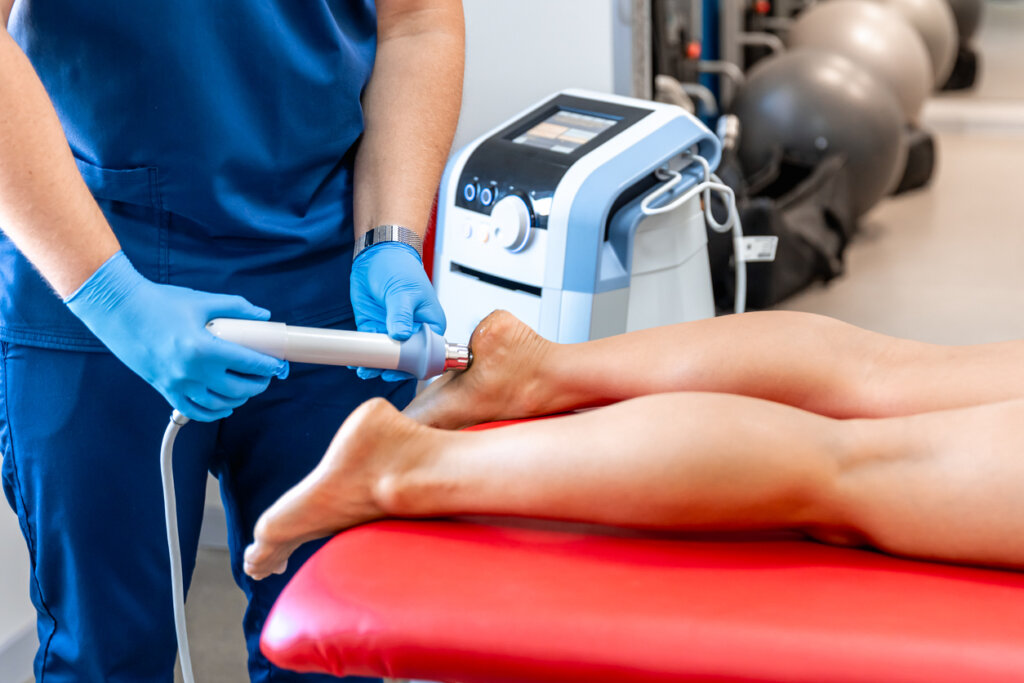Common causes of plantar fasciitis
Plantar fasciitis is caused by straining the part of your foot that connects your heel bone to your toes (plantar fascia). It’s not always clear why this happens.
You may be more likely to get plantar fasciitis if you:
- are 40 to 60 years of age.
- recently started exercising on hard surfaces
- exercise with a tight calf.
- overstretch the sole of your foot during exercise.
- recently started doing a lot more walking, running, or standing up
- wear shoes with poor cushioning or support.
- are very overweight.

Check if you have plantar fasciitis
The main symptom of plantar fasciitis is pain on the bottom of your foot, around your heel and arch.
It’s more likely to be plantar fasciitis if:
- the pain is much worse when you start walking after sleeping or resting.
- the pain feels better during exercise but returns after resting.
- it’s difficult to raise your toes off the floor.
How to ease plantar fasciitis yourself
- rest and raise your foot on a stool when you can put an ice pack (or bag of frozen peas) in a towel on the painful area for up to 20 minutes every 2 to 3 hours.
- wear shoes with cushioned heels and good arch support even around the house.
- use insoles or heel pads in your shoes.
- try regular gentle stretching exercises.
- try exercises that do not put pressure on your feet, such as swimming.
- take your usual over the counter pain killers or speak to a pharmacist.
- try to lose weight if you’re overweight.
If pain persists
Consult a physiotherapist who will examine you and help identify why the planta fasciitis is persisting. It may be due to other problems further up your leg or from your back.
This may be due to several factors including muscle strength or tightness, biomechanical issues, or health factors affecting pain.
The treatment will offer a bespoke plan of specific exercises/orthotics with the aim of returning you back to where you want to be. Shock wave therapy is a very effective modality for reducing the pain and helping the body remodel the planta fascia. Shock Wave Therapy in conjunction with a bespoke exercise/ rehabilitation programme has good short and long term results.
